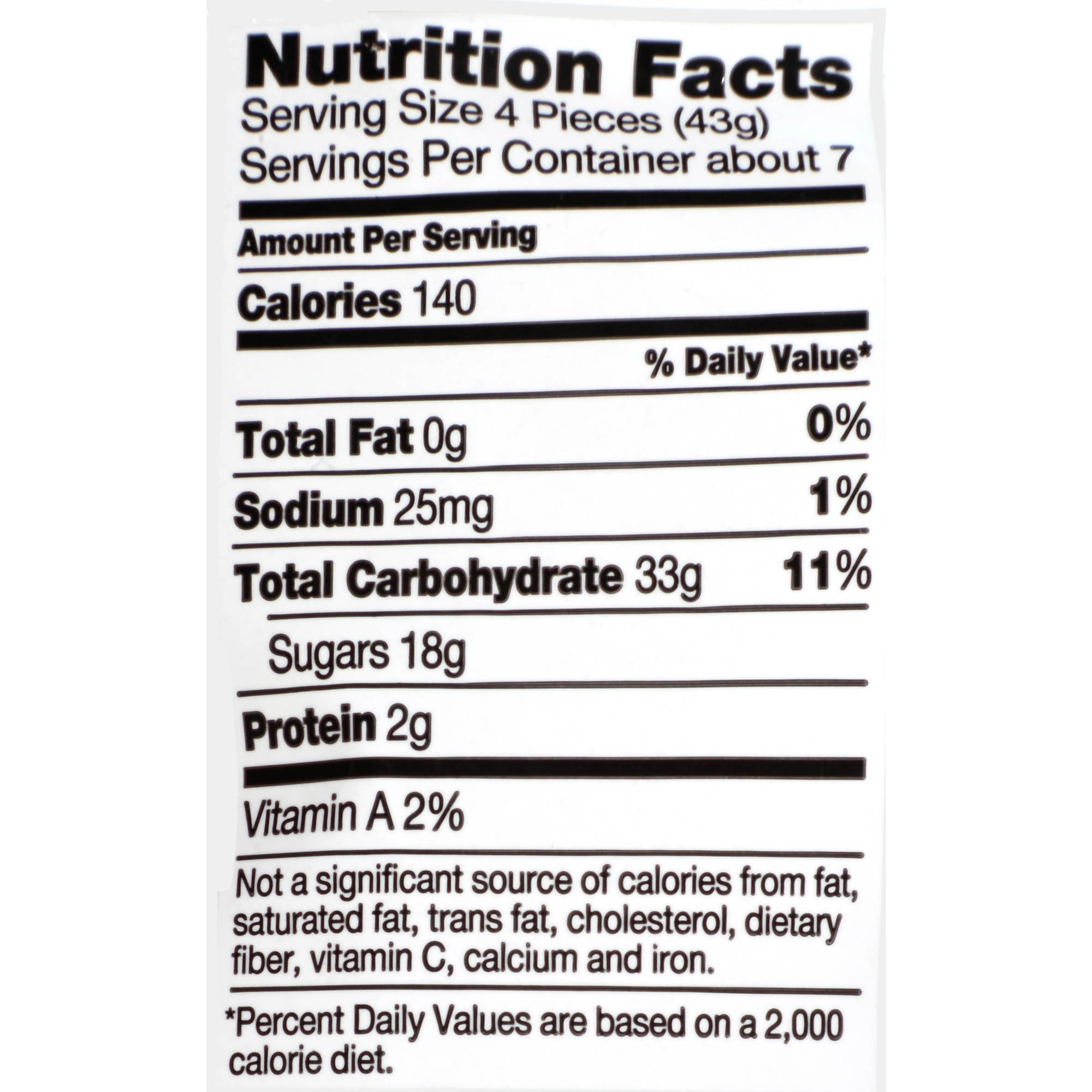

Being highly conjugated, it is deeply colored, and as a hydrocarbon lacking functional groups, it is very lipophilic. β-Carotene is a non-polar compound, so it is separated with a non-polar solvent such as hexane. The separation of β-carotene from the mixture of other carotenoids is based on the polarity of a compound. It can also be extracted from the beta-carotene rich algae, Dunaliella salina. In nature, β-carotene is a precursor -inactive form- to vitamin A via the action of beta-carotene 15‚15'-monooxygenase.Isolation of β-carotene from fruits abundant in carotenoids is commonly done using column chromatography. The structure was deduced by Karrer et al. When used as a food coloring, it has the E number E160a. β-Carotene is biosynthesized from geranylgeranyl pyrophosphate.β-Carotene is the most common form of carotene in plants. Among the carotenes, β-carotene is distinguished by having beta-rings at both ends of the molecule. It is a member of the carotenes, which are terpenoids -isoprenoids-, synthesized biochemically from eight isoprene units and thus having 40 carbons. Pure carnivores such as ferrets lack β-carotene 15‚15'-monooxygenase and cannot convert any carotenoids to retinals at all -resulting in carotenes not being a form of vitamin A for this species- while cats can convert a trace of β-carotene to retinol, although the amount is totally insufficient for meeting their daily retinol needs.īeta-Carotene: β-Carotene is an organic, strongly colored red-orange pigment abundant in plants and fruits. Carnivores in general are poor converters of dietary ionone-containing carotenoids. Animal species differ greatly in their ability to convert retinyl -beta-ionone- containing carotenoids to retinals. All other carotenoids, including lycopene, have no beta-ring and thus no vitamin A activity -although they may have antioxidant activity and thus biological activity in other ways.

The carotenes α-carotene and γ-carotene, due to their single retinyl group -β-ionone ring-, also have some vitamin A activity -though less than β-carotene-, as does the xanthophyll carotenoid β-cryptoxanthin. β-Carotene can be stored in the liver and body fat and converted to retinal as needed, thus making it a form of vitamin A for humans and some other mammals. β-Carotene is composed of two retinyl groups, and is broken down in the mucosa of the human small intestine by β-carotene 15‚15'-monooxygenase to retinal, a form of vitamin A.

They also protect plant tissues by helping to absorb the energy from singlet oxygen, an excited form of the oxygen molecule O2 which is formed during photosynthesis. Carotenes contribute to photosynthesis by transmitting the light energy they absorb to chlorophyll. The typical yellow-coloured fat of humans and chickens is a result of fat storage of carotenes from their diets. Omnivorous animal species which are relatively poor converters of coloured dietary carotenoids to colourless retinoids have yellowed-coloured body fat, as a result of the carotenoid retention from the vegetable portion of their diet. They also -in lower concentrations- impart the yellow coloration to milk-fat and butter. Carotenes are also responsible for the orange -but not all of the yellow- colours in dry foliage. Carotenes are responsible for the orange colour of the carrot, for which this class of chemicals is named, and for the colours of many other fruits, vegetables and fungi -for example, sweet potatoes, chanterelle and orange cantaloupe melon. They absorb ultraviolet, violet, and blue light and scatter orange or red light, and -in low concentrations- yellow light. Carotenes are photosynthetic pigments important for photosynthesis. Carotene: The term carotene -also carotin, from the Latin carota, "carrot"- is used for many related unsaturated hydrocarbon substances having the formula C40Hx, which are synthesized by plants but in general cannot be made by animals -with the exception of some aphids and spider mites which acquired the synthesizing genes from fungi.


 0 kommentar(er)
0 kommentar(er)
